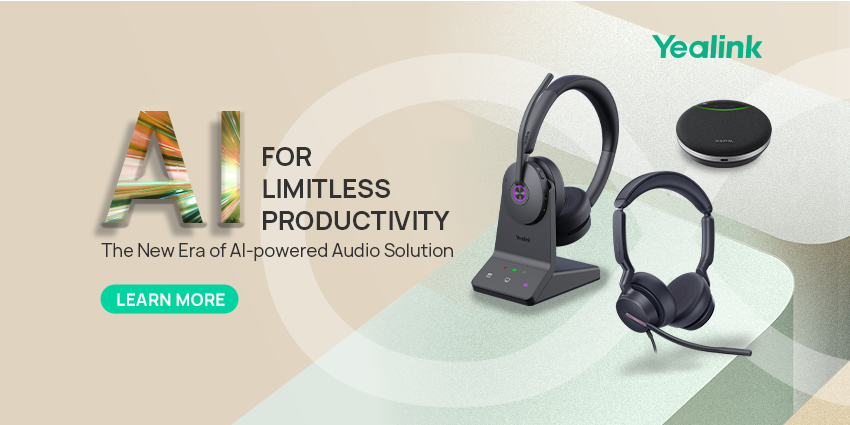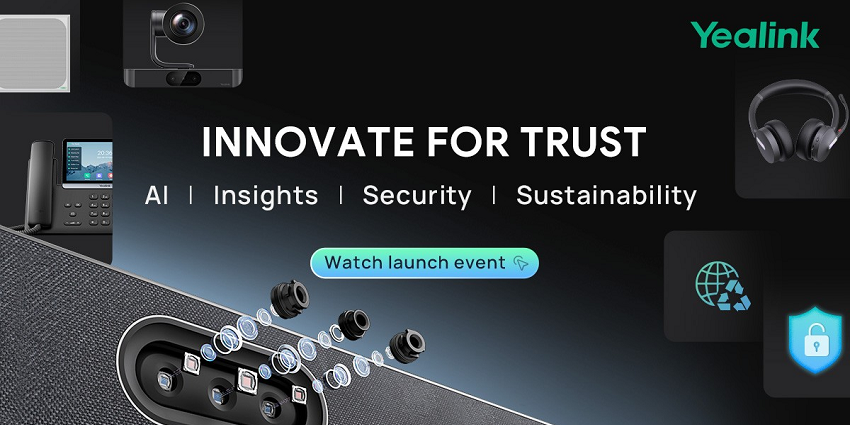Conference calls and conference phones aren’t exactly new concepts. Organizations have used conference calls for decades, bringing staff, shareholders, partners, and contractors together for a single meeting over the phone.
However, the conference phone itself and the technology behind it has advanced over the years, gaining new features and capabilities to make conference calls more efficient. Now, good conference phones can connect distributed participants for a group conversation while helping to make the calls just as productive as an in-person meeting.
While the conference phone remains an important part of a business’ communication technology stack, it’s time to look at the device, its evolution, and the types of conference phones we use today.
An Introduction to Conference Phones
Conference phones are, as the name suggests, special phones designed for calls where multiple people are participating. The devices feature 360-degree microphones designed to pick up the voices of multiple people in the same room (although many can also connect to external microphones for individuals), and outside participants can dial in to the conference phone’s number to join in the call remotely.
Conference phones often include additional features, including:
- Keypads or touch screens for dialing
- Visual display screens
- Integrations with collaboration apps like Zoom or Microsoft Teams
- Call recording
- Bluetooth connectivity
Conference phones can be used with ISDN, analog, and/or VoIP connections, depending on the specific system.
More modern conference phones have additional features designed to create a better conference call experience, including:
- Video cameras and capabilities
- AI features that use natural language processing to transcribe calls or take notes
- Access to a company’s phone directory
- Conference bridges to connect various types of devices
- Background noise reduction, either through specialized microphones or as an AI feature
- Call controls such as call holding, transfer, and muting
The design, features, and functionality of a conference phone make it significantly different from your average business phone, but perfect for calls featuring multiple speakers.
What Makes a Conference Call?
Conference calls (as obvious as it may seem to say) are group phone conversations that feature multiple participants at once, as opposed to one-on-one calls. But that definition is still relatively loose, and advancements in collaboration technology have helped evolve the modern conference call.
Today, conference calls also include team conversations over voice and video communications platforms, such as Cisco WebEx, Zoom, and Microsoft Teams. Video conference calls include cameras to let participants appear on-screen, and web conferences add features like screen-sharing and content-sharing. But all of these are evolutions of conference calling.
Whether done over the phone or the internet, conference calls still require hardware like headsets and a device that can make and join calls. Conference calls also need a dial-in number or links to a virtual conference room; these usually come from the service provider, although it is also often possible to purchase dedicated dial-in numbers.
Many conference calls also include access codes, which users need to enter in order to join the call after dialing in. These can help ensure only the people invited can join in, and prevent people from calling into the conversation early. However, many communications platforms with virtual conferencing options have moved away from access codes, opting for the convenience of letting users join through a web link instead.
Today’s Types of Conference Phones
There are many kinds of conference phones, and the hardware behind them has evolved over the years to become more efficient and keep up with advancements in communications technology. Today, the most common type of conference phone is an IP phone, which uses Internet Protocol technology for calls.
Modern conference phones can come in all shapes and sizes, including:
- Hard phones: hard phones for conference calls are unique desk phones with flat bodies and built-in microphones and speakers. They’re designed so that groups can listen to the same conversation and participate without needing their own devices.
- Video conference phones: as demand for video communication grows, video conferencing phones have become more common. Video phones take the standard IP conference phone and add video capabilities, complete with built-in cameras along with connectors for displays and screens, so entire rooms can join in on a single video call.
- Web phones: some devices are designed specifically for web conferencing and collaboration through platforms like Microsoft Teams, Cisco WebEx, or Zoom. They allow users to schedule meetings via a touch screen and include features like file sharing and screen sharing, along with voice and video conferencing.
- Softphones: unlike hard phones, which require physical hardware, softphones are installed on devices like tablets, smartphones, or computers. These add VoIP calling capabilities to the device, so users can make and join conference calls without needing any additional equipment. Softphones often include a simple user interface and access to integrated conferencing tools, providing full conference functionality on the device.
The Evolution of the Conference Phone
Conference phones have come a long way since their introduction, and have transformed over the years to keep up with advancements in meeting and collaboration technology. What started as bulky, expensive phone systems have developed into sleek, convenient devices, or even transcended the need for a device at all.
Conference phones started as analog phones that used traditional phone lines. The digital transformation enabled them to provide better sound quality and improved features while using smaller and less complex hardware.
From there, Voice over Internet Protocol (VoIP) technology let conference phones use the internet for communication, which opened new opportunities to add features and tools to conference phones. Today’s conference phones often integrate with unified communications platforms, so users can manage and join conference calls from their platforms of choice.
As technology continues to improve, we’re seeing new capabilities added to conference phones, such as AI features for voice control, voice recognition, and natural language processing. With each new development, conference phones will continue to evolve to keep enabling meetings from anywhere.







